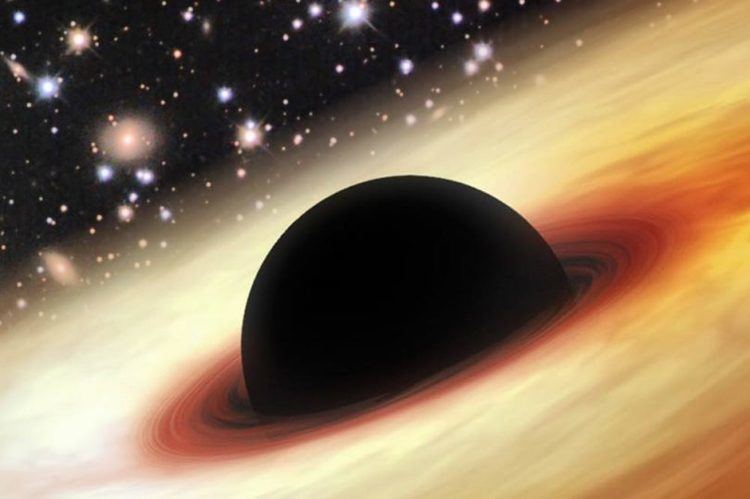Right ascension 00 41 50.5 Redshift 0.055672 Galactocentric velocity 16747 km/s | Declination −09° 18′ 11″ Helio radial velocity 16690 km/s Magnitude 14.7 Apparent magnitude (V) 14.7 | |
 | ||
Distance 704×10^ ly (216 Mpc)h−10.678 Similar A2261‑BCG, NGC 59, NGC 349, NGC 428, NGC 145 | ||
Holmberg 15A is a supergiant elliptical galaxy and the central dominant galaxy of the Abell 85 galaxy cluster in the constellation Cetus, about 700 million light-years from Earth. It was discovered c. 1937 by Erik Holmberg. It has the largest core ever observed in a galaxy, spanning 15,000 light years.
Supermassive black hole
The primary component of the galactic core is a supermassive black hole with the currently accepted mass value of 10 billion M☉ Previous estimates by Lauer et al have jointed a mass value as high as 310 billion M☉ using the gamma ray point break radius method. Kormendy and Bender gave a value of 260 billion M☉ in a 2009 paper. Lower estimates were given by Kormendy and Ho et al in 2013 at 2.1 and 9.2 billion M☉. The paper by Lopez-Cruz et al stated: "Therefore, we conservatively suggest that Holm 15A hosts an SMBH with M• ∼ 1×1010 M⊙". Kormendy and Ho et al derived these equations using the M-sigma relation and the size of the outer bulge of the galaxy, which are indirect estimates. Rusli et al derived a value of 170 billion M☉ using break radius methodology. In addition, Abell 85 has its velocity dispersion of dark matter halo at ~750 km/s, which could only be explained by a black hole with a mass greater than 150 billion M☉, although Kormendy and Ho et al stated that "dark matter halos are scale-free, and the SMBH-dark matter coevolution is independent from the effects of baryons". This makes it one of the most massive black holes ever discovered.
